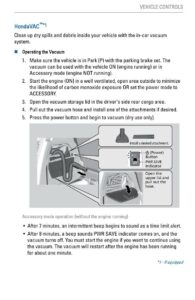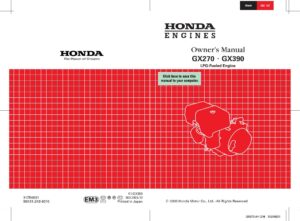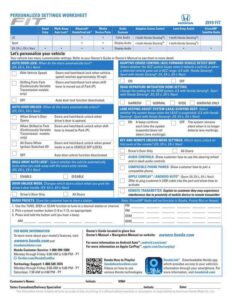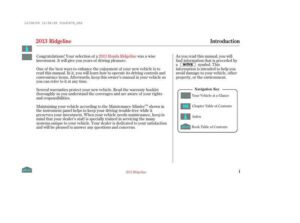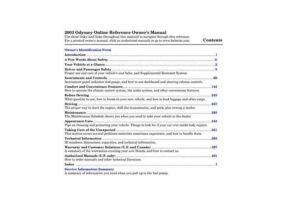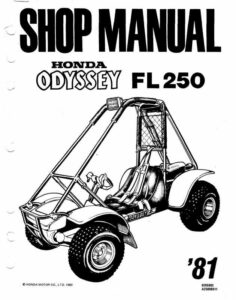The Lotus Europa Buyers Guide provides information on the history and specifications of the Lotus Europa, a mid-engined sports car produced by Lotus Cars from 1966 to 1975.
Early Prototype
The Europa was originally intended as a replacement for the Lotus Seven, but it started life as a pitch for the contract that became the Ford GT40.
Chassis and Bodywork
The Europa’s chassis is made of steel, and it’s classified as a subframe. The body is made of glassfibre, and it’s prone to corrosion and rust.
Transmission
The Europa has three different gearboxes: the 336 four-speed, the 352 four-speed, and the 365 five-speed. The earliest one with the most complex gear linkage is the 336 four-speed, which can provide the best change quality.
Brakes
The brakes are prone to wear and tear, and the front discs and rear drums with remote servos are usually fine. However, the wishbone bushes can cause problems if they’re not properly maintained.
Electrics
The Europa’s electrical system is relatively simple, and it’s a good thing because it’s been bodged by enthusiasts over the years. The electric windows may be slow, but they shouldn’t stick, and every toggle switch should do something.
Manual:
Chat: Powered By VoiceSphere

